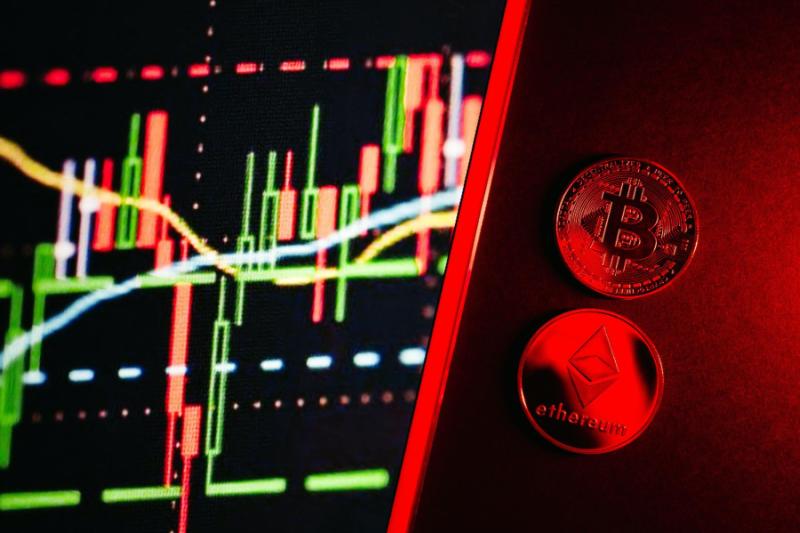Exploring NFTs: The Future of Alternative Investments

The world of alternative investments is undergoing a transformation with the arrival of non-fungible tokens (NFTs). These digital assets have burst onto the scene, allowing artists, designers, and creators across various industries to monetize their work in a whole new way. This article dives into the exciting world of NFTs and their potential impact on the alternative investment landscape.
What are NFTs?
Non-fungible tokens are unique digital assets that are indivisible and cannot be exchanged on a one-to-one basis. In contrast to fungible assets like cryptocurrencies, which are interchangeable and have a consistent value, every NFT is unique and holds its own value. NFTs are typically used to represent art, collectibles, virtual real estate, and in-game assets, among other digital items.
How NFTs Work
NFTs are built on blockchain technology, most commonly Ethereum. This decentralized platform provides a permanent and transparent digital ledger, ensuring that each NFT's ownership is securely recorded. When a creator mints an NFT, they are essentially attaching a digital certificate of their work that can be bought, traded, or sold. Each NFT contains specific information and metadata that make it unique and easily identifiable, even in a rapidly growing digital marketplace.
NFTs and Alternative Investments
Alternative investments encompass a wide range of non-traditional assets, including private equity, hedge funds, real estate, and now, NFTs. With the art market embracing NFTs and high-profile sales grabbing headlines, it's apparent that NFTs are becoming a legitimate asset class in the world of alternative investments. Investors seeking portfolio diversification are often drawn to alternative investments, which can potentially offer higher returns uncorrelated with traditional asset classes like stocks and bonds.
While NFTs are a groundbreaking addition to the world of alternative investments, it is essential for investors to explore other options as well. For example, investing in commodities like gold bullion is a longstanding method to diversify portfolios and minimize risks associated with market turbulence.
Advantages of Investing in NFTs
- Liquidity: NFTs can be traded in online marketplaces relatively quickly, providing a level of liquidity not often found in traditional alternative investments.
- Ownership: The blockchain technology underlying NFTs offers transparent, immutable proof of ownership, minimizing the risk of fraud and counterfeiting associated with some physical assets.
- Accessibility: NFTs can be fractionalized, allowing investors to own and trade fractions of a single NFT. This opens up investment opportunities to a broader audience, allowing more people to participate in the alternative investment landscape.
Risks and Challenges
Despite the advantages, investing in NFTs isn't without risks and challenges. The market is still in its infancy, making price discovery and valuation difficult. The high-profile sales of NFTs at astronomical prices may not be reflective of their true market value, and prices may be subject to high volatility. Additionally, since NFTs are digital assets, they are susceptible to cyber threats, such as hacking or copyright infringement.
Legal and Regulatory Landscape
The legal and regulatory landscape surrounding NFTs is rapidly evolving. Governing bodies are working towards creating a comprehensive framework to protect investors and regulate the booming market. Investors should consider the potential implications of future legislative changes on their investment strategies. Compliance with anti-money laundering (AML) and know-your-customer (KYC) rules, as well as other legal requirements, may impact the accessibility and use of NFT marketplaces.
Environmental Considerations
One key concern surrounding NFTs is their environmental impact. The blockchain technology that powers NFTs, particularly Ethereum, relies on a proof-of-work consensus mechanism. This process involves intensive energy consumption and contributes to a substantial carbon footprint. As a result, prospective investors should also factor in their commitment to sustainability and potential advancements in technology, such as Ethereum's transition to a more environmentally friendly proof-of-stake mechanism, before investing in NFTs.
Long-Term Potential of NFTs
While the NFT market is presently experiencing considerable hype and growth, investors should carefully evaluate the long-term potential of these digital assets. Technological advancements and innovative use cases are likely to shape the future of NFTs. For example, NFTs can potentially revolutionize the music industry by enabling artists to tokenize their creations and directly engage with their fans. Moreover, NFTs may play a crucial role in validating the provenance and ownership of physical assets, such as rare collectibles, luxury goods, and real estate. Evaluating the long-term outlook for NFTs is paramount to making informed investment decisions.
Conclusion
NFTs are carving out a new space in the alternative investment landscape. Their unique characteristics and potential to redefine the concept of digital ownership have captured the attention of both creators and investors. As blockchain technology continues to evolve and the NFT market matures, we can expect to see further developments and applications in the world of alternative investments. The potential rewards may be vast, but they are accompanied by risks, making it essential for investors to carry out due diligence and stay informed about this emerging asset class.
More to Read:
Previous Posts: